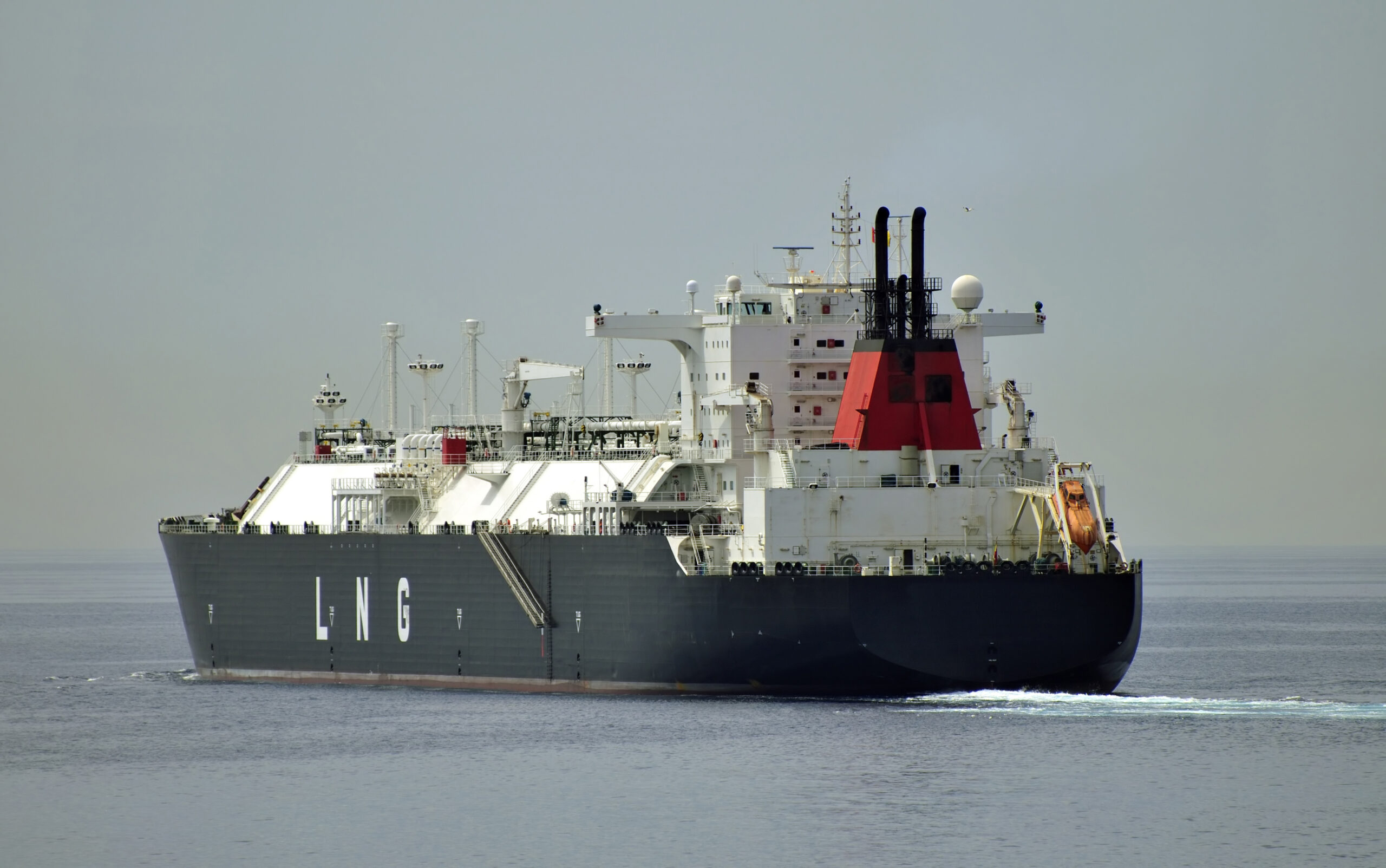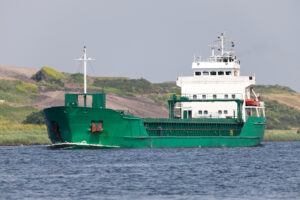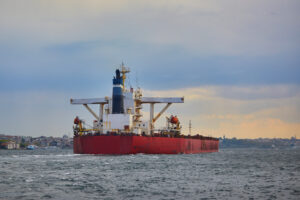France’s imports of Russian LNG rose by 110%, those to Spain were flat and those to Belgium decreased by 16%. These three countries accounted for 87% of Europe’s imports of Russian LNG in H1 2024, according to the Institute for Energy Economics and Financial Analysis (IEEFA).
Europe increased its imports of Russian LNG by 11% year on year in H1 2024. This is despite the EU aiming to end its reliance on Russian fossil fuels by 2027.
In June, the EU agreed to ban Russian LNG from being transshipped at its ports and sent to third countries. The ban will come into effect from March 2025.
Meanwhile, Europe reduced its LNG imports by 18 bcm between H1 2023 and H1 2024.
The latest version of IEEFA’s European LNG Tracker suggests there may be a growing realisation that Europe’s LNG import infrastructure will become increasingly underutilised as gas use drops further.
After falling to a 10-year low in 2023, Europe’s gas consumption shrank by 5.4% year on year in the first half (H1) of 2024. EU gas consumption dropped by 3%.
This translates into a reduced need for LNG imports, which declined by 20% in Europe and 11% in the EU in H1 2024. The continent has likely already passed peak LNG consumption. IEEFA forecasts that Europe’s demand for the fuel will drop by a further 37% by 2030.
LNG import terminals have been impacted by this trend. The average utilisation rate of the EU’s terminals fell from 62.8% in H1 2023 to 47.2% in H1 2024.
Following Russia’s full-scale invasion of Ukraine in 2022 and the subsequent cut in Russian pipeline gas supply, European countries have scrambled to build new LNG import terminals. “But recent developments suggest this buildout is losing momentum,” according to the IEEFA.
Since the beginning of 2022, Europe has increased its LNG import capacity by 23%, or 58 billion cubic metres (bcm). The countries that have added the most are Germany (16 bcm), the Netherlands (13 bcm), Türkiye (7.7 bcm), Italy (7.5 bcm), France (6.5 bcm) and Finland (5 bcm).
Despite falling demand, many European countries are still planning investments in new LNG import infrastructure.
By 2030, IEEFA forecasts that this could result in three-quarters of the continent’s LNG import capacity being unused.



